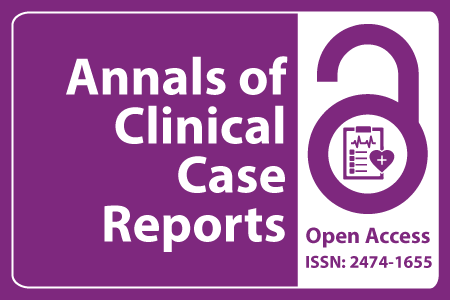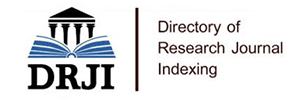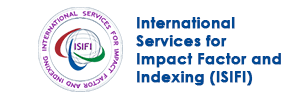
Journal Basic Info
- Impact Factor: 1.809**
- H-Index: 6
- ISSN: 2474-1655
- DOI: 10.25107/2474-1655
Major Scope
- Infectious Disease
- Cardio-Thoracic Surgery
- Nursing
- Respiratory Medicine
- Women’s Health Care
- Allergy & Immunology
- Diabetology
- Signs and Symptoms-Clinical Findings
Abstract
Citation: Ann Clin Case Rep. 2022;7(1):2172.DOI: 10.25107/2474-1655.2172
Hemoglobin-Oxygen Affinity and Gaseous Transmitters (Nitric Oxide, Hydrogen Sulfide) in Patients with COVID-19
Natalya Hlutkina1* and Victor Zinchuk2*
1Department of Internal Medicine, Grodno State Medical University, Belarus 2Department of Normal Physiology, Grodno State Medical University, Belarus
*Correspondance to: Natalya Hlutkina and Victor Zinchuk
PDF Full Text Research Article | Open Access
Abstract:
Background: Although the approaches to management of Coronavirus Disease-2019 (COVID-19) have been improved, there is no clear understanding of the essence of this disease characterized by pronounced signs of hypoxic respiratory failure. Objectives: The purpose of this study was to investigate hemoglobin-oxygen affinity and the gaseous transmitters Nitric Oxide (NO) and Hydrogen Sulfide (H2S) in patients with COVID-19. Methods: The object of the study was patients with COVID-19 whose major parameters of blood oxygen transport (hemoglobin-oxygen affinity) and the gaseous transmitters Nitric Oxide (NO) and Hydrogen Sulfide (H2S) were determined. Results: As compared to healthy individuals, the patients with COVID-19 showed decreased SO2 and pCO2 and elevated pH of the blood. We found an increase in the values of p50st and p50act by 14% and 6.4%, respectively (p<0.05), and the corresponding shift in the oxyhemoglobin dissociation curve rightwards, which was apparently a response for tissue hypoxia developed due to pulmonary circulation insufficiency. The above patients demonstrated an elevation in the nitrate/nitrite content and a reduced concentration of blood plasma hydrogen sulfide. Conclusion: The alterations found in blood oxygen-binding properties resulted from the changes in the levels of the gaseous transmitters NO and H2S, which is essential in the pathogenesis of hypoxia developed under this pathology.
Keywords:
Coronavirus disease-2019; Hemoglobin-oxygen; Nitric oxide; Hydrogen sulfide
Cite the Article:
Hlutkina N, Zinchuk V. Hemoglobin- Oxygen Affinity and Gaseous Transmitters (Nitric Oxide, Hydrogen Sulfide) in Patients with COVID-19. Ann Clin Case Rep. 2022; 7: 2172..













